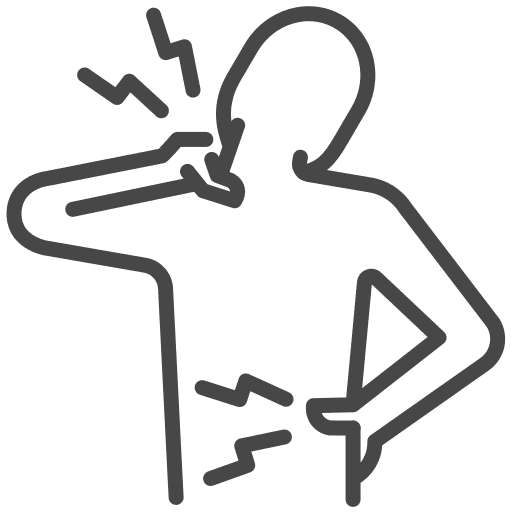[vc_row][vc_column][porto_faqs number=”21″][/vc_column][/vc_row][vc_row css=”.vc_custom_1472041718081{padding-top: 20px !important;padding-right: 20px !important;padding-bottom: 20px !important;padding-left: 20px !important;background-color: #1e73be !important;border-radius: 15px !important;}”][vc_column][vc_raw_html]JTNDaWZyYW1lJTBBJTIwJTIwJTIwJTIwJTIwJTIwaWQlM0QlMjJKb3RGb3JtSUZyYW1lLTI0MzMxNDM0MjIyNzk1MyUyMiUwQSUyMCUyMCUyMCUyMCUyMCUyMHRpdGxlJTNEJTIyUGFydG5lckNhcmUlMjAtJTIwRlNQQyUyMC0lMjBDb250YWN0JTIwRm9ybSUyMCU1Qk1BSU4lMjBXRUJTSVRFJTVEJTIyJTBBJTIwJTIwJTIwJTIwJTIwJTIwb25sb2FkJTNEJTIyd2luZG93LnBhcmVudC5zY3JvbGxUbyUyODAlMkMwJTI5JTIyJTBBJTIwJTIwJTIwJTIwJTIwJTIwYWxsb3d0cmFuc3BhcmVuY3klM0QlMjJ0cnVlJTIyJTBBJTIwJTIwJTIwJTIwJTIwJTIwYWxsb3clM0QlMjJnZW9sb2NhdGlvbiUzQiUyMG1pY3JvcGhvbmUlM0IlMjBjYW1lcmElM0IlMjBmdWxsc2NyZWVuJTIyJTBBJTIwJTIwJTIwJTIwJTIwJTIwc3JjJTNEJTIyaHR0cHMlM0ElMkYlMkZmb3Jtcy5saWluZS5jb20lMkYyNDMzMTQzNDIyMjc5NTMlMjIlMEElMjAlMjAlMjAlMjAlMjAlMjBmcmFtZWJvcmRlciUzRCUyMjAlMjIlMEElMjAlMjAlMjAlMjAlMjAlMjBzdHlsZSUzRCUyMm1pbi13aWR0aCUzQTEwMCUyNSUzQm1heC13aWR0aCUzQTEwMCUyNSUzQmhlaWdodCUzQTUzOXB4JTNCYm9yZGVyJTNBbm9uZSUzQiUyMiUwQSUyMCUyMCUyMCUyMCUyMCUyMHNjcm9sbGluZyUzRCUyMm5vJTIyJTBBJTIwJTIwJTIwJTIwJTNFJTBBJTIwJTIwJTIwJTIwJTNDJTJGaWZyYW1lJTNFJTBBJTIwJTIwJTIwJTIwJTNDc2NyaXB0JTIwc3JjJTNEJTI3aHR0cHMlM0ElMkYlMkZmb3Jtcy5saWluZS5jb20lMkZzJTJGdW1kJTJGbGF0ZXN0JTJGZm9yLWZvcm0tZW1iZWQtaGFuZGxlci5qcyUyNyUzRSUzQyUyRnNjcmlwdCUzRSUwQSUyMCUyMCUyMCUyMCUzQ3NjcmlwdCUzRXdpbmRvdy5qb3Rmb3JtRW1iZWRIYW5kbGVyJTI4JTIyaWZyYW1lJTVCaWQlM0QlMjdKb3RGb3JtSUZyYW1lLTI0MzMxNDM0MjIyNzk1MyUyNyU1RCUyMiUyQyUyMCUyMmh0dHBzJTNBJTJGJTJGZm9ybXMubGlpbmUuY29tJTJGJTIyJTI5JTNDJTJGc2NyaXB0JTNF[/vc_raw_html][/vc_column][/vc_row]










